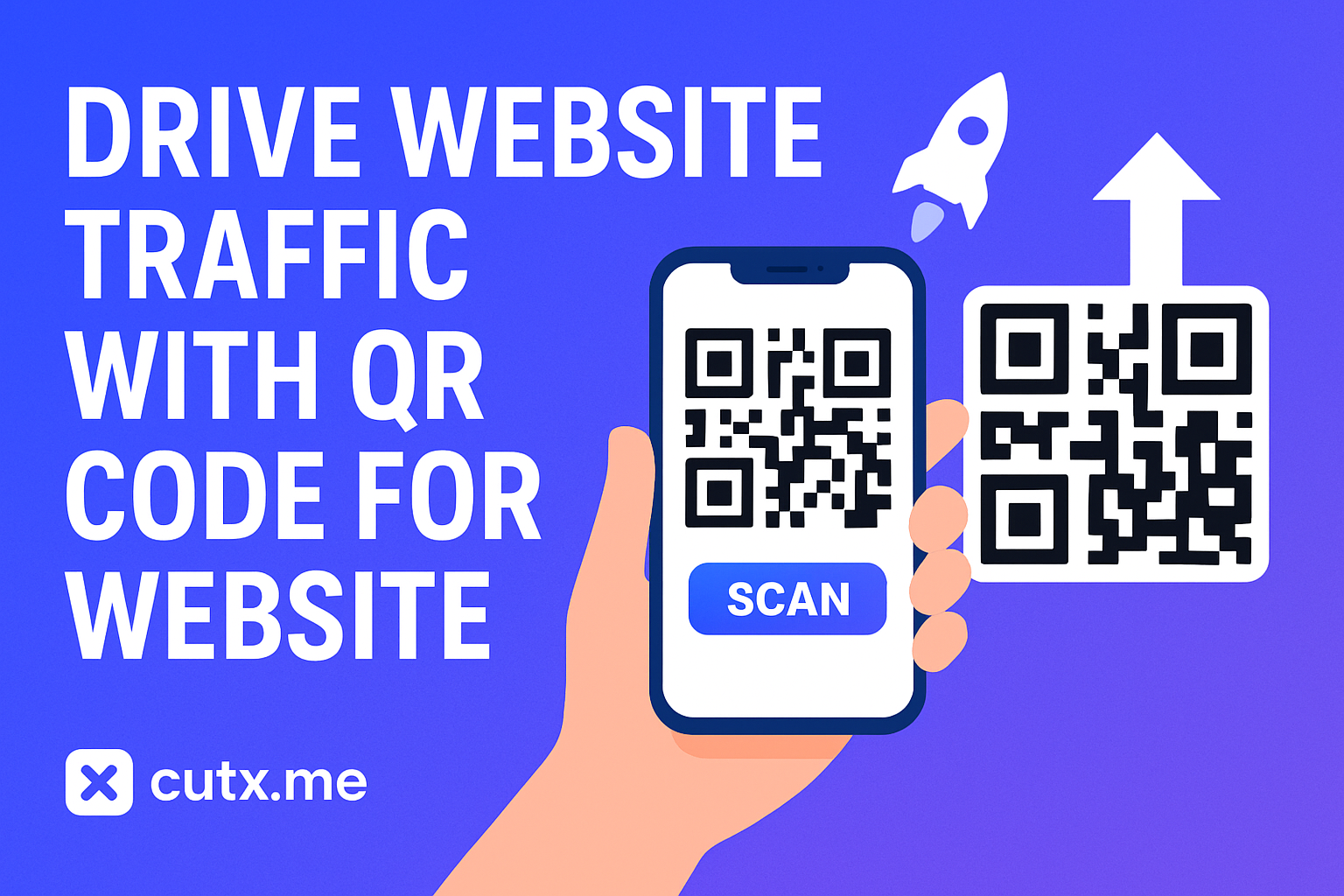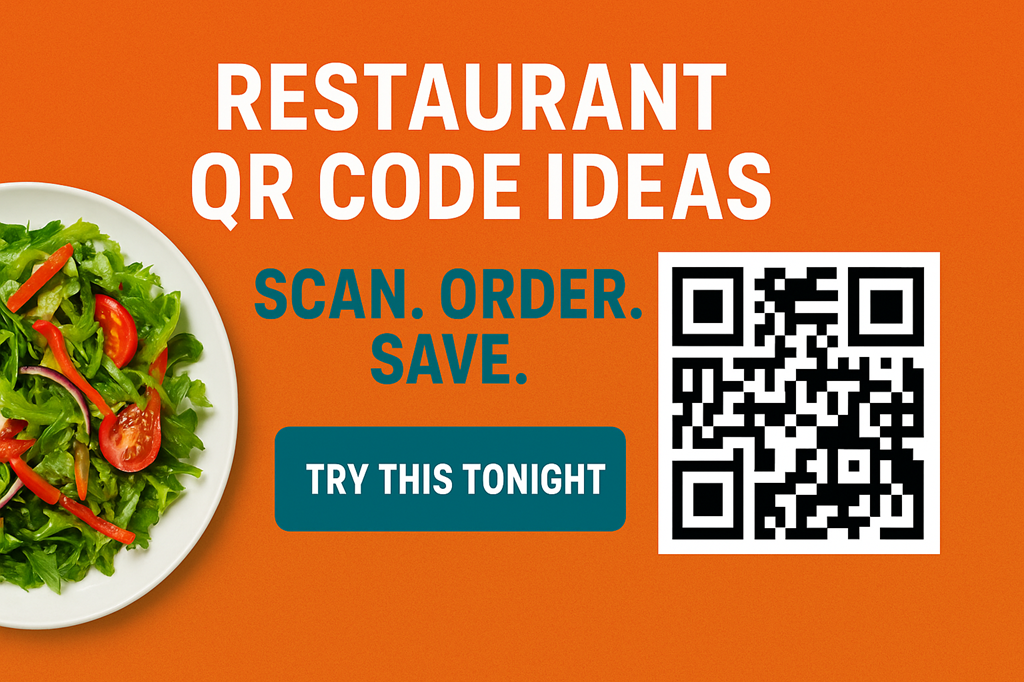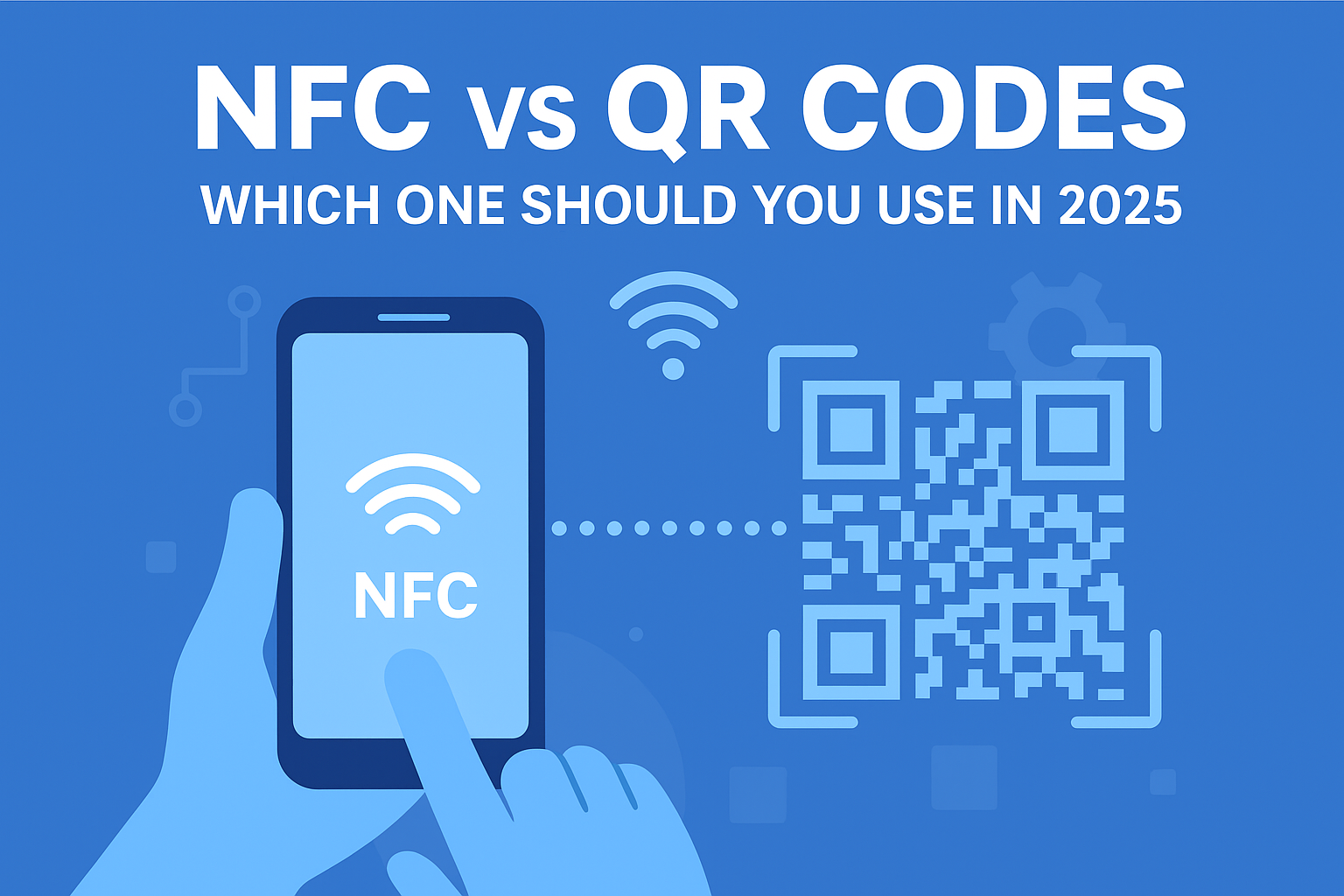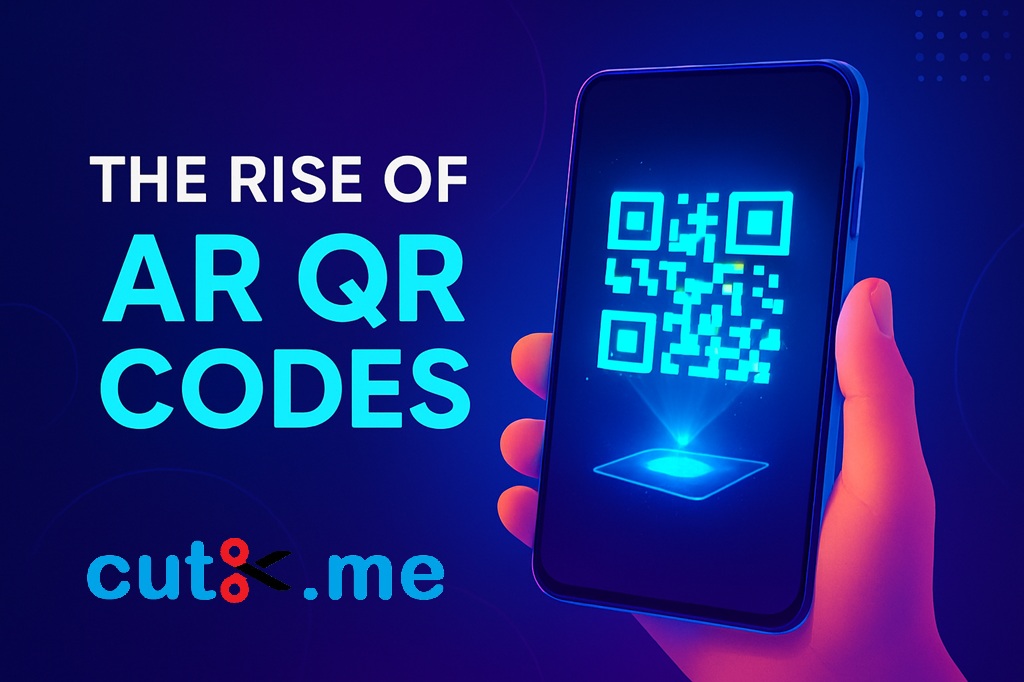
When you use a QR code for website, you create an instant link between offline and online world. It’s one scan, one moment — and your visitor lands on your site. As digital marketers, we crave high engagement and measurable results. With this guide, you’ll see exactly how a QR code for website can drive traffic, boost conversions, and strengthen your brand with the toolset of CutX.me.
Understanding the Power of a QR Code for Website
A QR code for website acts as a bridge. Instead of typing a long URL, your audience simply scans and arrives. This simple step triggers engagement. Because scanning is quicker and more intuitive, you remove friction and increase chances that the user arrives at your page. Plus, you can track and analyze each scan, guiding your marketing strategy.
Why Traffic Matters in Digital Strategy
Without traffic your website is invisible. Whether you’re running a blog, shop, or service page — every screen view counts. When you deploy a QR code for website, you tap into a new traffic channel: offline to online. Flyers, posters, business cards, packaging—all become gateways to your site. Your goal: more visitors, more insights, more growth.
How to Create a QR Code for Website Using CutX.me
Follow these steps:
Visit CutX.me
Select “QR Codes” tool.
Enter the website URL you want to drive traffic to.
Customize design: logo, color, frame.
Download the code or publish it directly.
By creating a QR code for website via CutX.me, you ensure clean design, security, and performance tracking.
Best Use-Cases for a QR Code for Website
Flyers & Posters — A scan links to your landing page.
Product Packaging — “Scan to learn more” drives curiosity.
Business Cards — Replace lengthy URLs with a code.
Store Displays — In-store customers scan to your online catalog.
Events & Conferences — Attendees scan to your site or signup page.
Each of these uses a QR code for website to drive traffic efficiently.
Tracking and Analytics for Your QR Code for Website
Traffic isn’t enough — you must measure. With your QR code for website created on CutX.me, you get data: number of scans, location, device type, time of day. This info helps you ask: Where did they scan? What device? When? Use that data to refine placement, messaging, and design.
Offline to Online Integration Using QR Codes
Traditional marketing still exists. Billboards, packaging, flyers—they all can carry a QR code for website. When you embed that code, the offline audience joins your digital ecosystem instantly. This blend of offline and online channels is where modern marketing thrives. Use it to leverage different touchpoints while driving traffic to your site.
Design Tips for a High-Performing QR Code for Website
Use high contrast colors so scanners can read easily.
Ensure size is large enough to scan (minimum ~2 cm on print).
Add a clear call-to-action: “Scan to visit website”.
Place code where it stands out—not in clutter.
Test on multiple devices.
Designing with intention increases scans — a solid QR code for website matters.
Common Mistakes to Avoid With QR Code for Website
Avoid these pitfalls:
Don’t link to non-mobile-friendly pages. A scan should load smoothly.
Don’t hide the reward—tell users what they get when they scan.
Don’t place codes where lighting or angle prevents scanning.
Don’t forget to test the link regularly.
By addressing these, your QR code for website becomes a traffic-driving machine.
Enhancing Conversions with URL Shorteners & QR Codes
You can combine your QR code for website with a short link. For example, if your printed code links to https://cutx.me/offer, that’s clean and trackable. Using such tools keeps branding consistent, reduces link length, and provides analytics. CutX.me integrates both QR codes and links, which strengthens your campaign.
Boosting Engagement and User Experience
When you use a QR code for website, you offer instant access. Users appreciate speed and ease. This positive experience leads to longer interaction, which helps engagement metrics. Better engagement sends good signals to search engines—and improves your overall digital strategy.
Using QR Codes for Local and Event Traffic
If you have a physical location or attend events, a QR code for website becomes a perfect tool. Place it on posters or event stands. Attendees scan from their phone and land on your event page, signup form, or promotion. In this way you convert foot-traffic into digital traffic.
Mobile-First Strategy: Why the QR Code Fits
Smartphones dominate web access. A QR code for website fits this trend. Users hold their phone and scan; they don’t switch devices or copy links. When you optimize your landing page for mobile and pair with the QR code, you fully align with mobile-first strategy.
SEO and A QR Code for Website
While QR codes themselves don’t affect page ranking directly, a QR code for website can boost metrics that matter: engagement, traffic, dwell time, and shares. These signals help your SEO. By driving quality visits via QR codes, you reinforce your website’s authority and visibility.
Future Trends: QR Codes + Smart Technologies
The future of QR codes is exciting. A QR code for website may soon connect with augmented reality (AR), voice commands, IoT devices, and more. Marketers who deploy now will reap the rewards of early adoption.
Why Choose CutX.me for Your QR Code for Website
CutX.me offers all the tools you need: generate, design, track, and publish. You get analytics, mobile responsiveness, and custom branding. When you choose CutX.me to create your QR code for website, you rely on a platform built for professionals.
Conclusion
A QR code for website is more than a black-and-white square—it’s a direct pathway to engagement, traffic, and growth. With the right design, placement, and analytics, you can turn every scan into a visitor. Using CutX.me to build and track your QR codes gives you edge. Start today and tap into the power of QR codes for website traffic.
FAQs
What is the best size for a QR code for website on print?
A good size ensures easy scanning—aim for at least 2 cm width on print materials and position where it’s visible and unobstructed.Can I track scans from a QR code for website?
Yes. Platforms like CutX.me provide live analytics: scans, locations, devices, time — so you understand performance.Does a QR code for website help in SEO?
Indirectly. While the code itself doesn’t rank a page, the traffic, engagement and clicks it drives benefit your SEO.Are dynamic QR codes better for websites?
Absolutely. A dynamic QR code for website allows you to update the destination URL anytime without reprinting. This adds flexibility.Can I combine QR codes with my marketing campaigns?
Yes — you should. Use QR codes on flyers, ads, business cards, packaging, posters to drive traffic to your website in a modern way.




